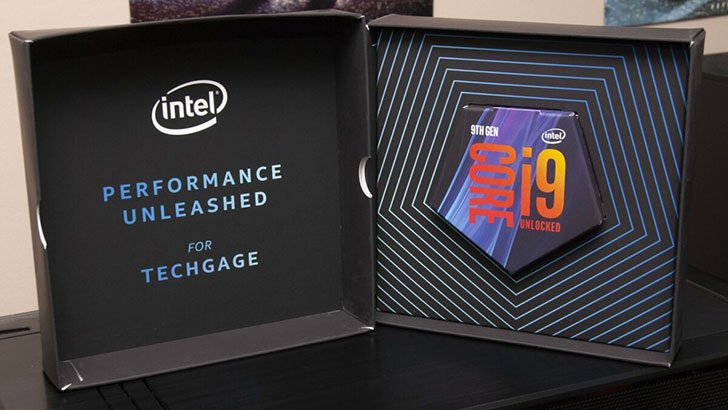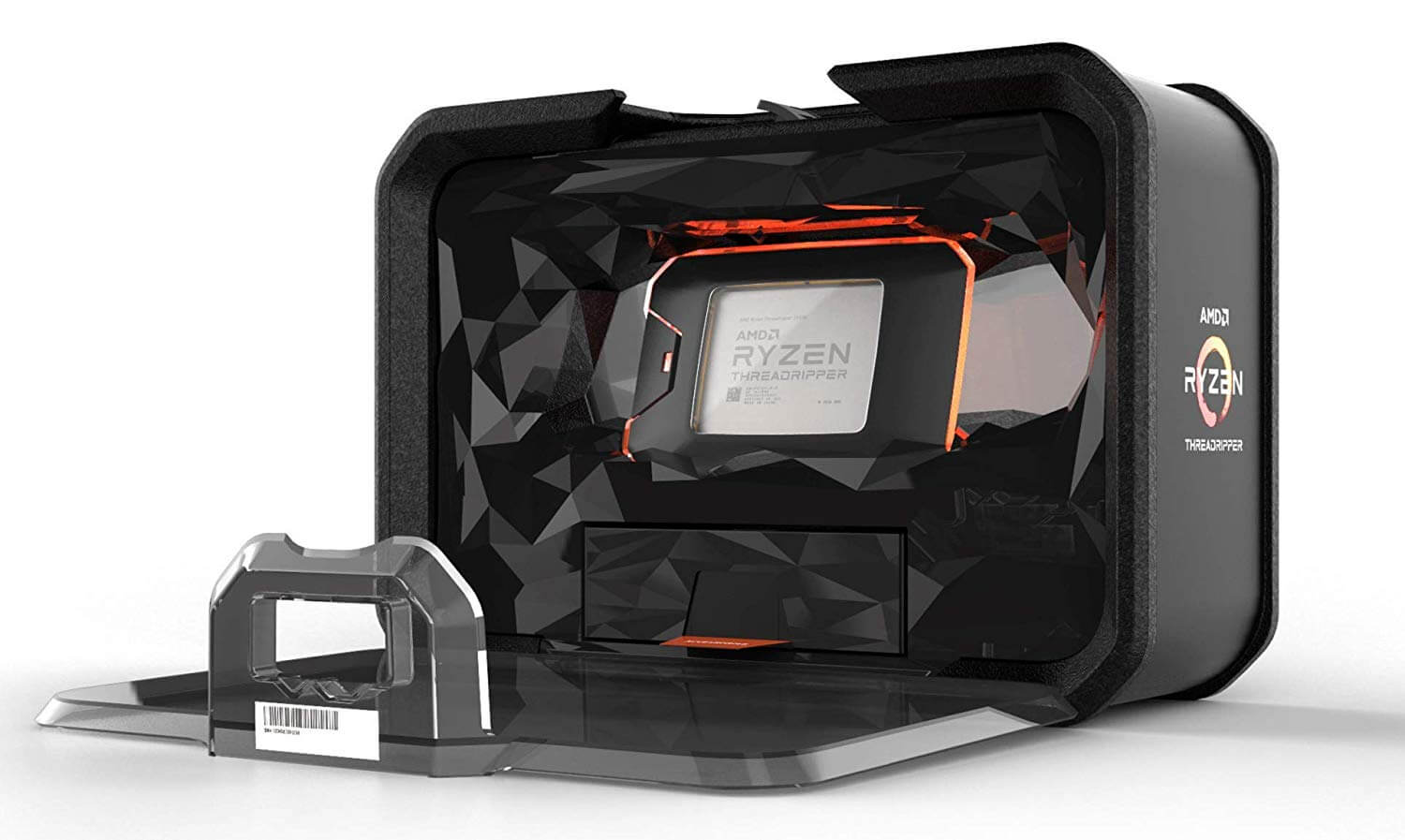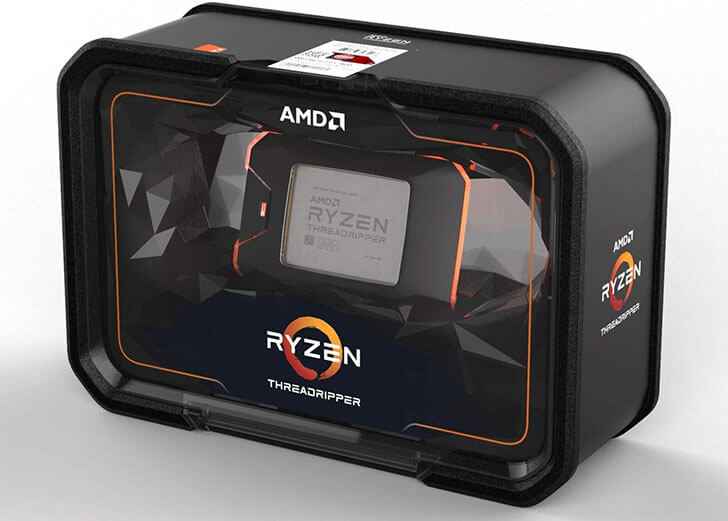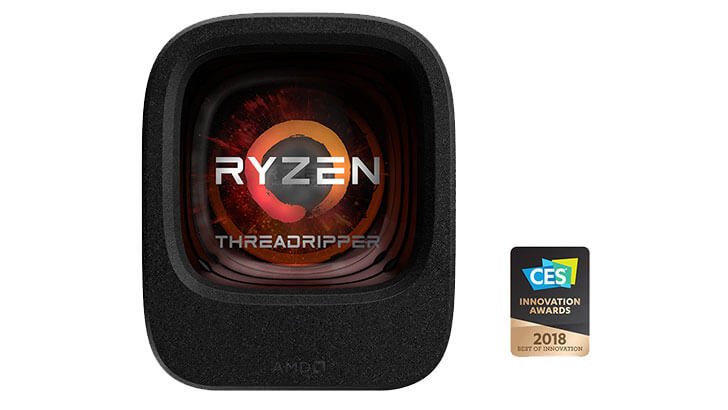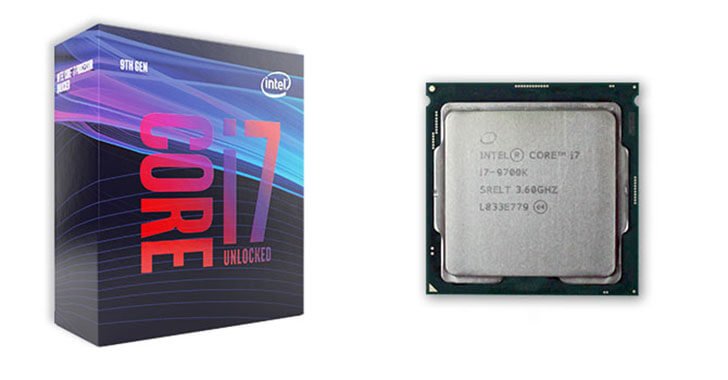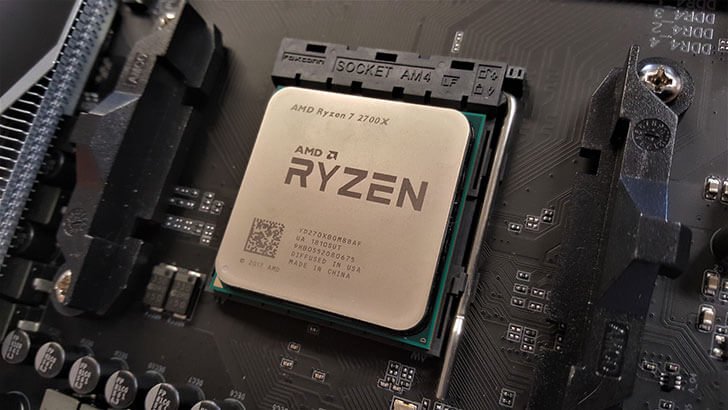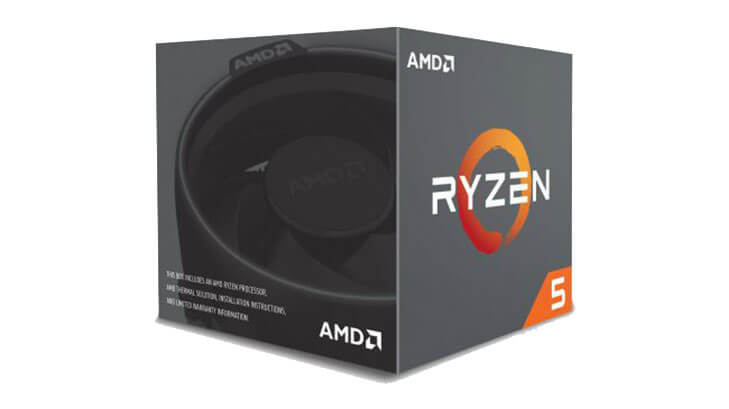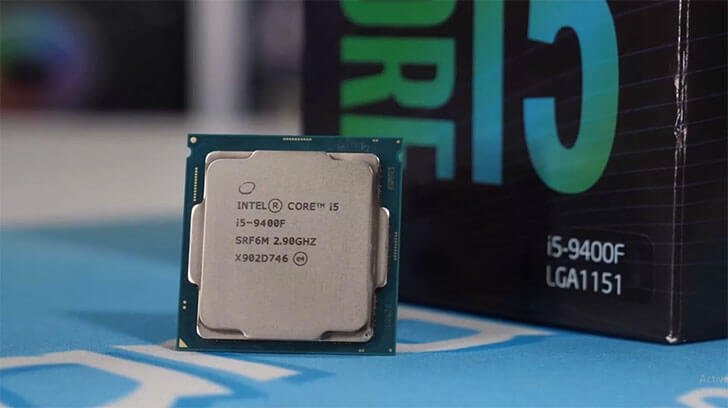To edit video footage fast and without lags, you need the best CPU for video editing.
Video editing is one of the most interesting and in-demand skills that requires proficiency and expertise. Besides this, the thing that contributes to the success of video editing is a CPU.
CPU plays a vital role in the video editing process that allows you to preview the video while editing in real-time. CPU has a great impact on the performance, speed, and efficiency of video editing.
A high-performing CPU with an excellent processor can add great value to your video by cutting down the rendering time and quickly processing the data without any lags. The performance of video editing is greatly influenced by the processor’s speed.
Whether it be YouTube video editing, content video editing, professional marketing video edits, or simple video editing for your client, you’ll require a top-notch CPU up to the task.
But which CPU is going to be your best partner in the video editing process? To find out the answer, we’ve created a guide to the best CPU for video editing.
Related: What’s The Normal CPU Temperature Range While Gaming
Why CPU is important for video editing?
Before getting deep into the main topic, it’s essential to understand the role of the CPU in video editing, and what’s the requirement of the CPU to smoothly process the video. There is a wide range of video editing tools such as Adobe Premiere Pro, Camtasia, Cyberlink, Final Cut Pro, Final Cut Pro Pinnacle, Pinnacle studio, Filmora, etc. The processor must be good enough to perform editing and rendering quickly irrespective of any video editing software.
The following are the steps involved in the video editing process.
- The storage device such as SSD/HDD is used to read the data from the video editing software.
- Based on the color-grading and effects, the software then processes the footage.
- You can now preview the changes in real-time as the footage is stored in the random access memory (RAM).
- Now the rendering process takes place after the editing is finished. A heavy configured CPU is required that helps in rendering heavy video footage.
- Decoding of the footage is done through video editing software.
- After the decoding the footage will be saved in the hard drive.
Related: How To Check CPU Temperature on Windows 10 PC
What are the best CPU for video editing?
Now let’s explore some of the best CPUs for video editing purposes.
1. Intel Core i9-9900K
Intel Core i9-9900K is one of the great universal processors that can run at frequencies up to 5GHz with sixteen threads and eight cores. It comes with an overclocking capability and an integrated graphics card. Intel Core i9-9900K bx80684i99900k provides Intel Optane memory support for up to 40 PCIe lanes and 16MB cache memory with the fastest response time.
It runs smoothly on motherboards with a chipset of the 300 series because of the improved micro-architecture. Moreover, it has improved heat dissipation that offers excellent heat transfer from the processor to the cooler.
It is well-balanced in terms of price and performance and is the best choice for video editing.
2. AMD Ryzen Threadripper 2950X
AMD Ryzen Threadripper 2950X is a well-balanced software for the 4K video editing, which is ideal for everyday and highly-specialized tasks. This CPU has sixteen core and thirty-two stream processors. It can handle rendering, modeling, streaming, and video editing up to 8K. Ray tracing, 3D rendering, transcoding, and exporting media files are just a few of the video post-processing tasks that Ryzen Threadripper 2950X excels at.
AMD has built the greatest CPU for video editing, and its multithreaded acceleration algorithm has been thoroughly thought out and tested. It supports up to 64 PCIe lanes and 40MB cache memory with the fastest response time.
3. AMD Ryzen Threadripper 2990WX
AMD Ryzen Threadripper is the first 32-core processor on the market which is capable of handling any video-post processing task. It is mainly designed for video encoding, mass rendering, film production, and drone video editing.
It has 64 logical cores and 80MB of cache memory. Threadripper 2990WX has a feature that dynamically modifies CPU parameters centered on the current workload and power consumption environment. It ensures that the video editing processor is always operating at peak efficiency and performance.
Moreover, it’s an expensive process that is used for professional video editing and performs exceptionally well in apps that need the maximum performance of a wide range of cores.
4. AMD Ryzen Threadripper 1950X
AMD Ryzen Threadripper 1950X comprises 32 logical cores and 64 cards that are connected to the motherboard at full speed. Users can add video editing or video capture cards, and network devices or storage devices in the future easily.
Creativity and gaming are the two new dedicated modes that offer significant performance and optimization benefits. The effective thermal shell in this processor can transfer the waste heat from the cores to the cooler. It has a cache memory of 40 MB and is way cheaper than analogs in terms of performance.
5. Intel Core i7-9700K
Intel Core i7-9700K is a remarkable processor for video editing that comes with 1080p/2K video editing performance. It has an affordable Intel chip and a built-in Intel UHD graphics 630.
It has some amazing specifications including 8 threads, 8 cores, an impressive clock speed of 4.9 GHz & 3.6 GHz base clock speed, and a 95 W TDP. Its offers excellent benefits for video editors plus it’s also good for gaming performance. For users who want to edit videos on high computing power, this Intel Core i7-9700K is an ideal choice.
6. AMD Ryzen 7 2700X
For those looking for a great corporate video editing processor, AMD Ryzen 7 2700X is a great choice that is multitasking, productive, yet affordable to purchase. It is the best CPU that comes with eight-core, sixteen threads, and a 3.7GHz base frequency.
This frequency is great but the 4.3GHz turbo mode is far better. This processor is much more efficient to handle normal to heavy workloads and large-scale to long-term projects. The main benefit is that it utilizes an AMDAM4 connector, which provides compatibility with at least three generations (2700X is the second one). Moreover, users can find an LED Wraith Prism cooler.
7. AMD Ryzen 5 2600X
The Ryzen 5 2600X offers the best performance for video editing that has six-core and twelve threads. It has 12 logical cores and 19MB of cache memory with 10% of additional performance from the chip for free. It can easily cope with 1080p resolution and allow you to edit 4K.
The Ryzen 5 2600X combines with a 3.6 GHz to 4.2 GHz base frequency before overclocking. You perform many tasks such as adding several titles, transitions, visualizing videos, creating off-screen text, and much more. A discrete graphics processor is needed because it doesn’t come with an integrated graphic card.
8. Intel Core i5-9400F
The Intel Core i5 is a lower power consumption processor that comes with six cores and six threads. It is affordable and offers a great price to users. It offers 2.9 GHz as a base frequency that can go up to 4.1 GHz under the workload.
It enables you to edit 1080p and even process 4K a bit better than a budget video editing laptop. It’s the best option if you have a motherboard based on the Intel 300.
Final words
Video editing is an interesting task that can be done with the help of video editing software. But to enhance the performance and speed of the video editing process, the best CPU is essential. There is a wide range of CPU available in the market for video editing that you can purchase as per the specifications and features.
Different CPU has different features, it all depends upon your requirements and needs of video editing. You can also select the CPU from the above-mentioned CPU by reading their specifications and features, and then select that best suits your video editing requirements.

